Our Stories
Recent Articles
Behind the Scenes
Arborists on Campus — The Art of Tree Care
Thanking those who keep our trees thriving.
Behind the Scenes
Meet the Historic Preservation Officer
Donna Klee has worked for the Architect of the Capitol (AOC) for more than 10 years and was named the agency's Historic Preservation Officer in the fall of 2023. In this capacity, she works to implement the agency's preservation policy.
Behind the Scenes
AOC Experts Keep it Cool for Historic Preservation Efforts
When it comes to preserving the Library of Congress' record-breaking collection of more than 175 million items — including books, historical materials and cultural artifacts — the Architect of the Capitol staff plays an instrumental role in keeping things cool.
Behind the Scenes
Embracing a Vintage Electric Cargo Tricycle for Greener Gardening
This innovative mode of transportation allows the dedicated gardening staff to move throughout the historic grounds of the U.S. Capitol with ease, all while carrying up to an impressive 300 pounds of gardening tools and horticultural materials.

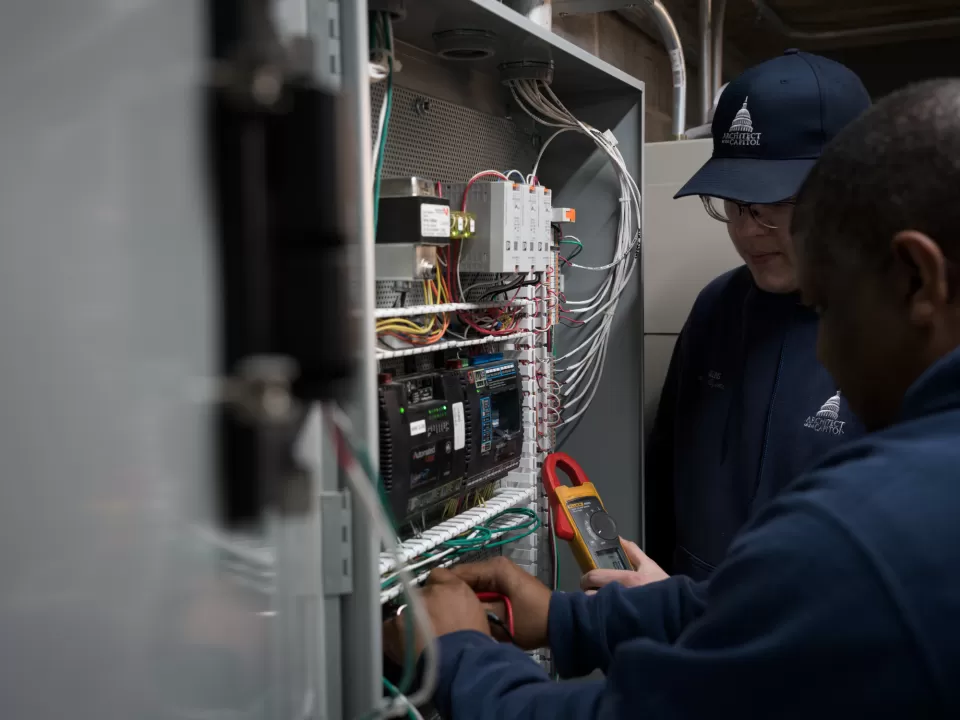
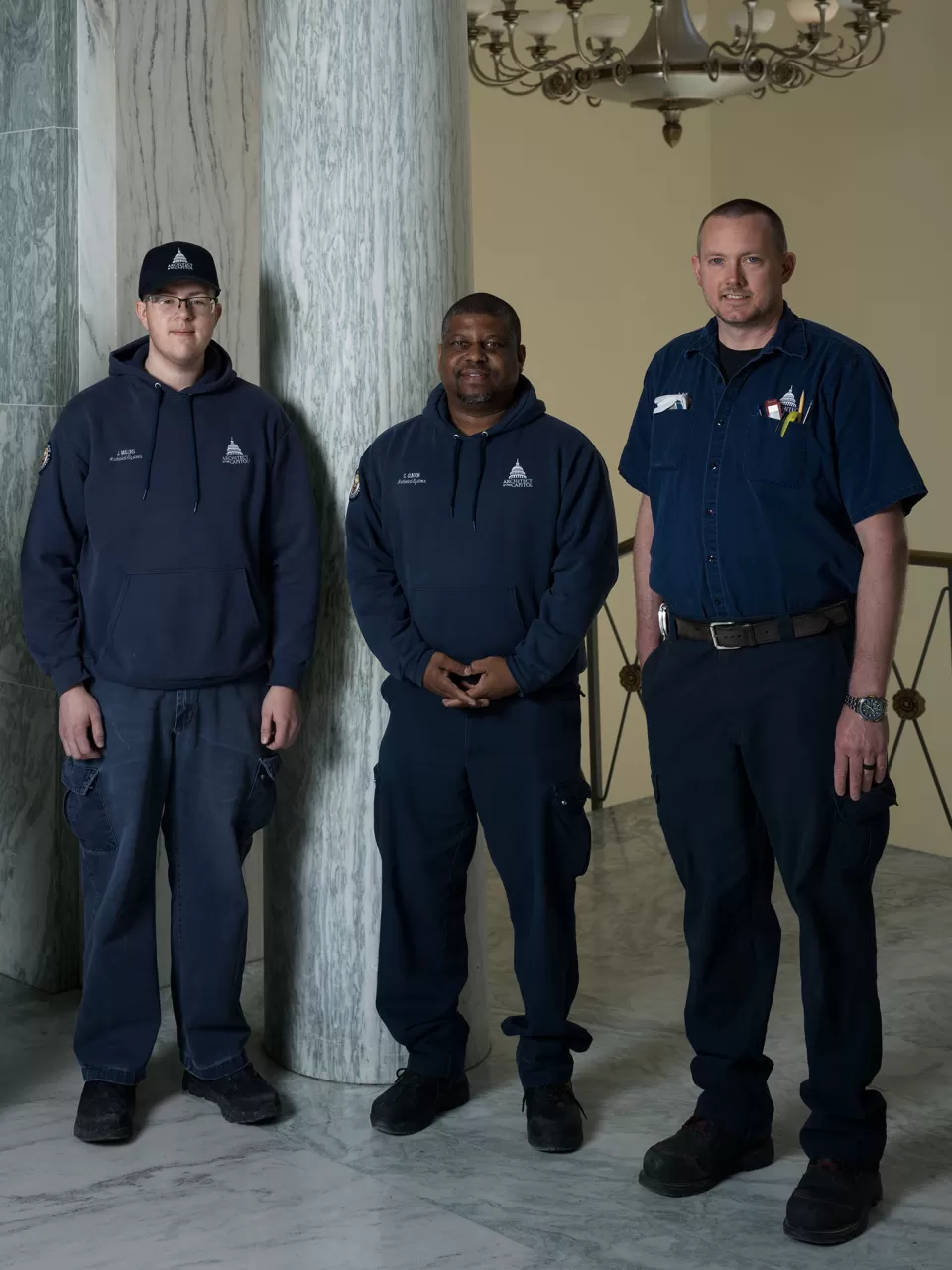
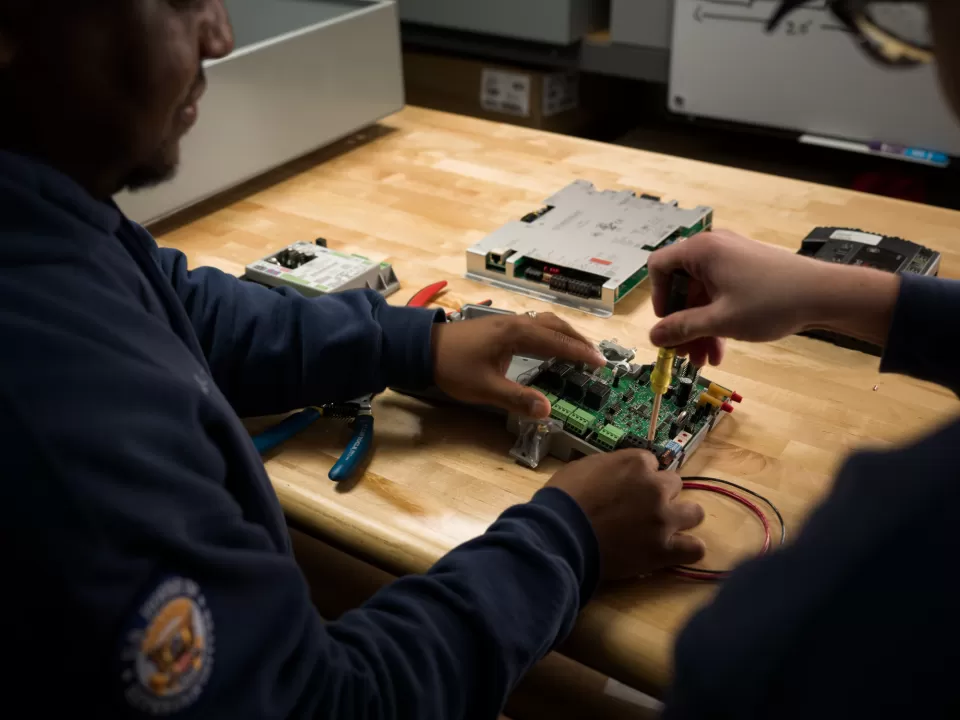

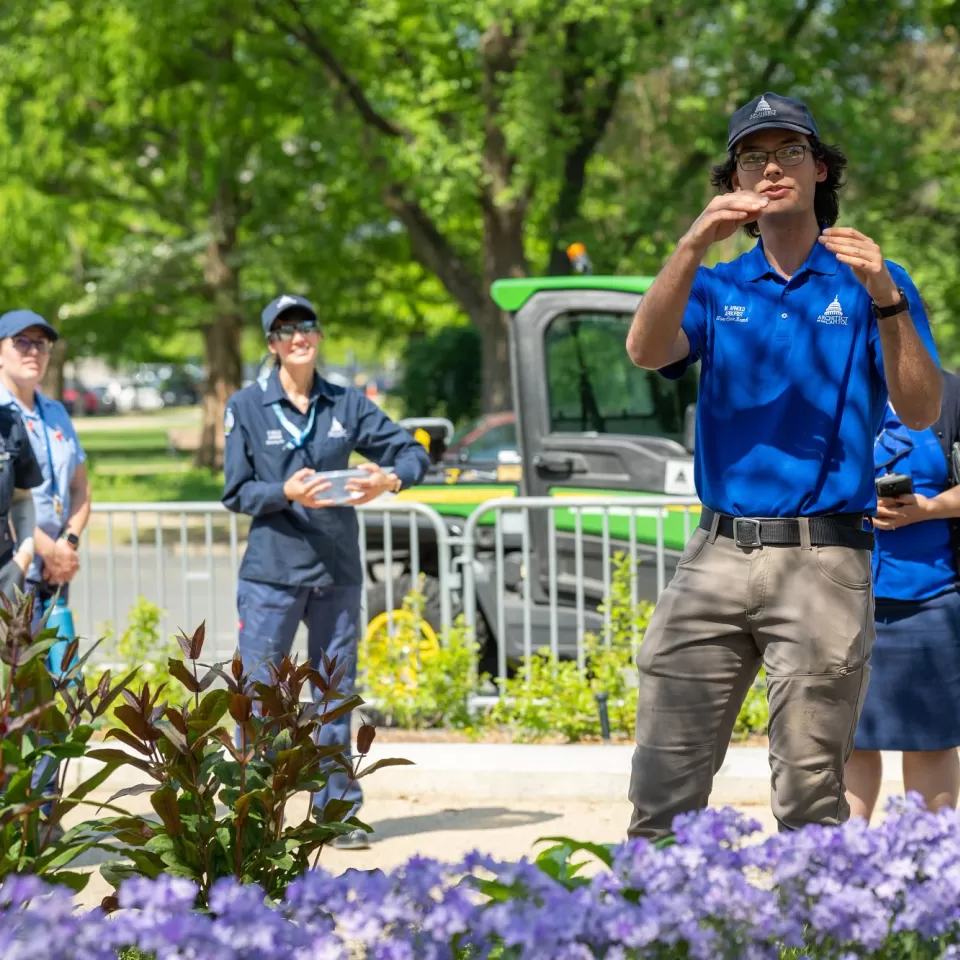
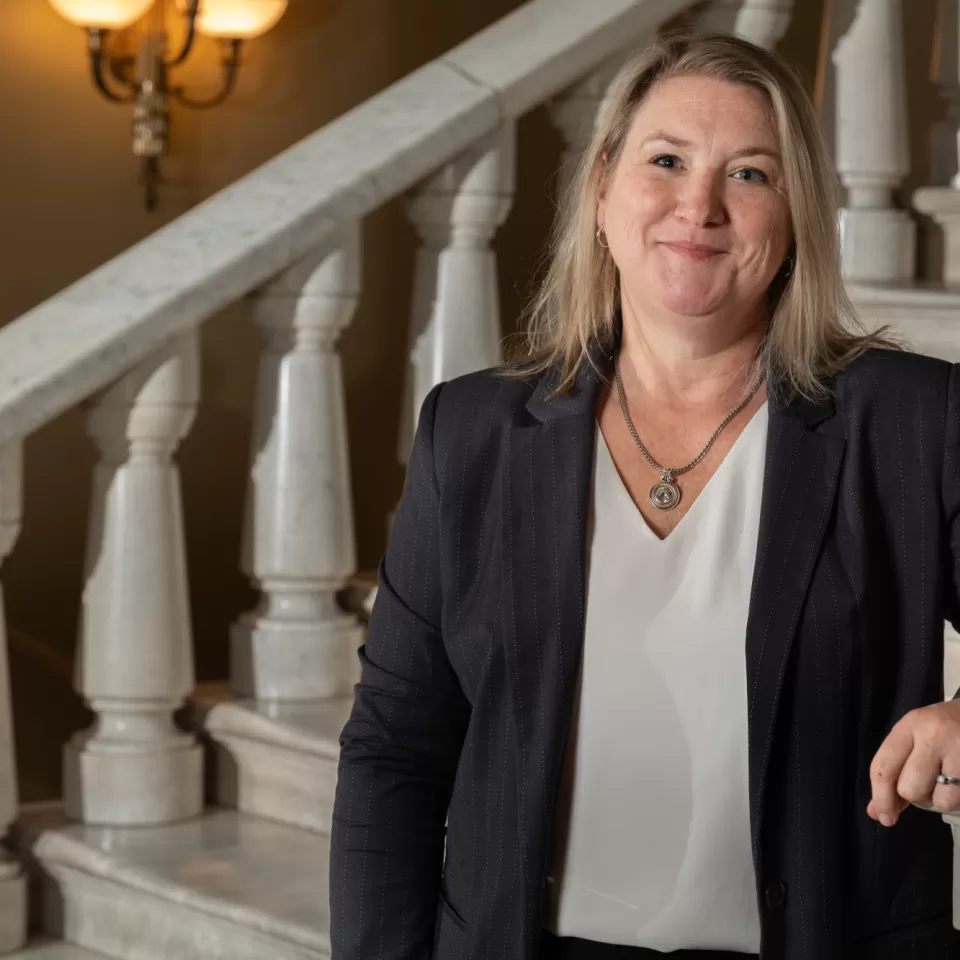


Comments
I loved this article!
Add new comment